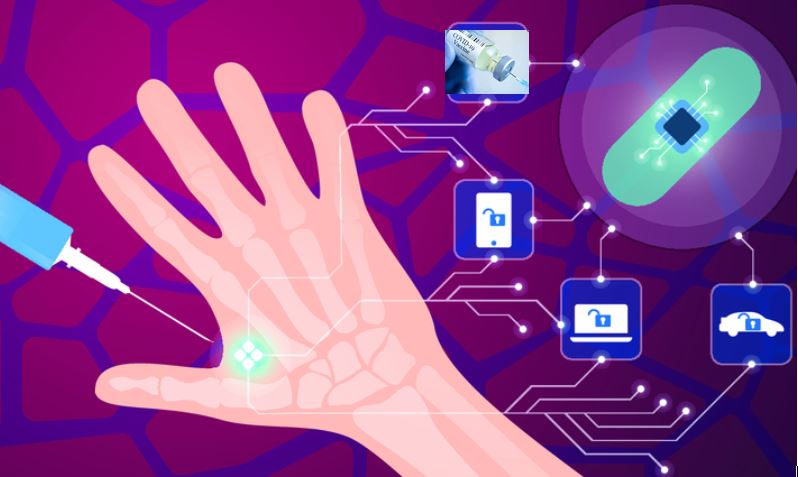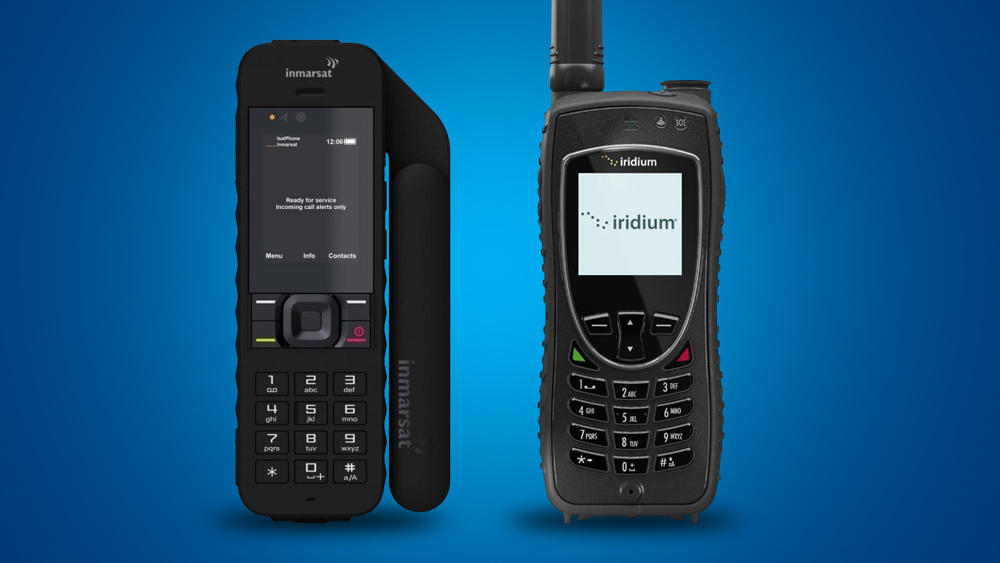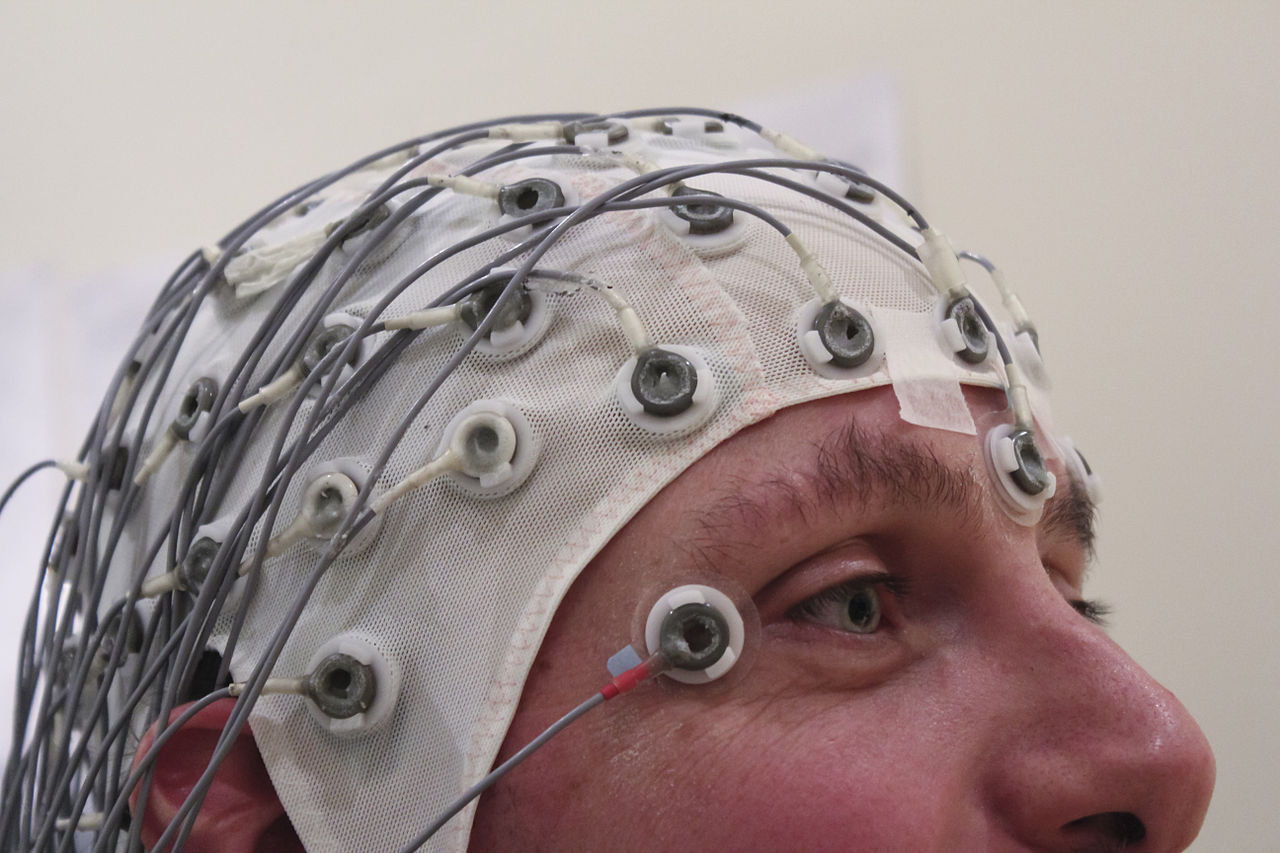Neuralink competitor Synchron launches human trials for first commercial brain computer interface
05/05/2022 / By Ethan Huff

Human beings are about to be merged with the “cloud” in a new clinical trial involving brain-machine interfaces.
Synchron, a competitor of Elon Musk’s Neuralink Corp., just enrolled the first patient in its United States-based clinical trial. If successful, the company could soon receive regulatory approval for wide use in the human population.
Funded by the National Institutes of Health (NIH), the government agency where Tony Fauci works, Synchron’s trial will manipulate the human brain with a Stentrode device, which will supposedly allow patients to control digital devices without their hands.
By just thinking about controlling something, a Stentrode-modified person can perform various tasks. Both Synchron and Musk have been working towards this goal for many years.
With Musk, it started with pigs but ended there, as the company is still looking for a director to run human trials. This is despite raising $205 million just last year for the project.
Synchron, meanwhile, is altering the human brain with just $70 million total, beating Musk to the punch.
Musk and other technocrats want to turn humans into AI robots
Brain-computer interfaces, or BCI, are being touted as a way to “empower” disabled people to easily communicate and engage in the same activities as non-disabled people.
These implants, according to technocrats like Musk, could allow those who receive them to develop “superintelligence,” also known as artificial intelligence or AI.
“Synchron’s device, once implanted, travels to the brain through blood vessels. Neuralink’s is implanted directly into the skull,” reported Bloomberg Quint about the technology. “After it reaches the brain, the Stentrode translates brain activity into signals designed to allow texting, emailing, online shopping or other activities using an external device.”
If Synchron can put together “evidence” showing that the device works and is “safe,” then the Food and Drug Administration (FDA) is expected to grant it commercial approval at warp speed.
Six patients split between New York and Pittsburgh will receive the implant as part of Synchron’s trial. The first patient to receive one enrolled just this week at Mt. Sinai Hospital in New York.
Synchron founder and CEO Tom Oxley refused to identify the patient or provide any demographic details.
Following this trial, the company hopes to expand it to a larger one before getting the FDA’s rubber-stamp approval. Then, in the next few years, the device would hit the consumer market.
Though all eyes are on Synchron right now since it is ahead of Neuralink, the world must not forget that Neuralink and Musk are where this all started.
Musk, despite his newfound pandering to conservatives with the purchase of Twitter, has long promoted AI hybrids as a new, “smarter” humanity. He even gave his “gender neutral” baby an AI hybrid name in recognition of what he truly believes.
Like his Tesla and SpaceX empires, Musk’s Neuralink project is highly subsidized by the U.S. government – meaning American taxpayers are footing the bill for his various pet projects.
In 2019, Musk envisioned incorporating a “bunch of tiny wires” into people’s brains, creating an “electrode to neuron interface at a micro level.”
Synchron is doing much the same thing while beating Musk to the punch, but both companies are forging the same path.
“The long-term aspiration with Neuralink would be to achieve a symbiosis with artificial intelligence and to achieve a sort of democratization of intelligence, such that it is not monopolistically held in purely digital form by governments and large corporations,” Musk said at the time.
Visit Robots.news for more news related to artificial intelligence.
Sources include:
Submit a correction >>
Tagged Under:
AI, artificial intelligence, brain function, brain health, Brain-Computer Interface, cyborg, Elon Musk, future science, future tech, innovations, inventions, Neuralink, NIH, robots, Stentrode, Synchron, transhumanism
This article may contain statements that reflect the opinion of the author
RECENT NEWS & ARTICLES
COPYRIGHT © 2017 INVENTIONS NEWS




















